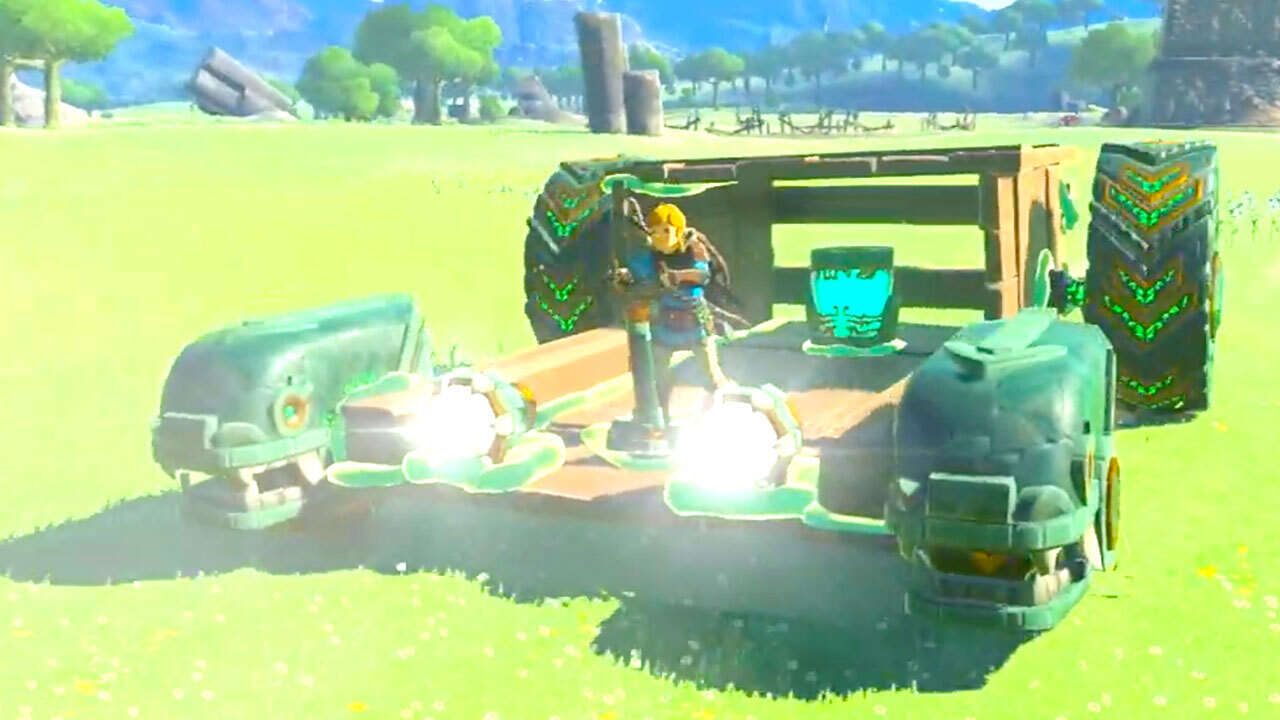Even though The Legend of Zelda: Tears of the Kingdom built off the extensive world map created for its predecessor Breath of the Wild, it wasn't as much of a development shortcut as you might think. In a GDC talk on ToTK's physics and sound systems, Zelda devs have revealed just how much had to be changed for ToTK thanks to the introduction of the game-changing Ultrahand.
As covered by Eurogamer, the talk explained that the Zelda developers went into ToTK wanting to expand on BoTW's two core concepts: the "vast and seamless Hyrule," and "multiplicative gameplay"--where physics systems create novel solutions in-game even where those solutions weren't explicitly designed for.
Now Playing: Tears Of The Kingdom Is A Technological Marvel
The expansion on multiplicative gameplay came from the introduction of the Ultrahand, which fundamentally changed the game by allowing players to combine objects with almost endless possibilities. Early in the development chain, this unsurprisingly resulted in a lot of chaos, with lead physics engineer Takahiro Takayama relating that he would often hear his team exclaiming "it broke!" or "it went flying!" to which he would say "I know--we'll deal with it later. Just focus on getting the gameplay together and trying it out."
The solution to the Ultrahand's many issues came with a major change to the Breath of the Wild map the developers were working with--essentially all non-physics-driven objects in the game had to be replaced with physics-driven objects.
This resulted in changes to how some objects had worked in the previous game--for instance, shrine gates weren't physics-driven in Breath of the Wild, but had to be converted in Tears of the Kingdom. This change opened up far more options for how the gates could be interacted with, and how players could choose to solve shrine puzzles in ToTK.
"As a result, regardless of what we do, we have a world free from self-destruction," Takayama explained. "Players can freely express imagination and creativity, without destroying the world."
Got a news tip or want to contact us directly? Email news@gamespot.com
